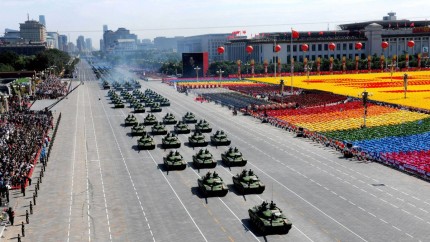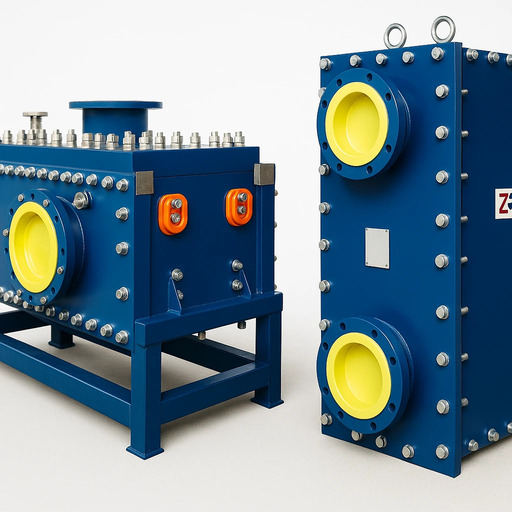It is estimated that about half of the world’s obsolete pesticides can be found in the former Soviet Union, with many of them stored throughout Central Asia. As an important centre for agriculture, particularly cotton production, the subregion was a heavy user of pesticides. What remain are inappropriate burial sites, regulatory and management deficits, and other issues.
A one-day workshop today in Bishkek is part of a wider FAO effort to help overcome these shortcomings. This workshop will kick off a series of others in the participating countries – Azerbaijan, Kazakhstan, Kyrgyzstan, Tajikistan and Turkey. The project on lifecycle management of pesticides and disposal of persistent organic pollutants is supported by the Global Environment Facility.
By the end of the four-year project, the goal is for the release of organic pollutants from contaminated sites and stockpiles of obsolete pesticides to be decreased and for countries to be able to better manage pests and pesticides.
“When we refer to pest and pesticide management, we are not only speaking of crop production or productivity, but we are also speaking of how pests and pesticides impact small farmers, markets, trade and natural resources,” said Tania Santivanez, FAO agricultural officer. “This means the impact on the whole food system, affecting the availability of and access to healthy food.”
Specifically, Santivanez said, 900 metric tonnes of pollutants and obsolete pesticides should be destroyed safely, and pesticide-contaminated sites should be remediated.
“We will work with these countries to strengthen their institutional and regulatory frameworks for pesticide management throughout the whole life cycle and to establish appropriate monitoring and evaluation systems,” Santivanez said.
Major issues in pesticide registration and risk assessment are common in Central Asia, where regulatory and technical requirements such as FAO specifications aren’t well-known, resulting in extremely poor risk communication to users. There is almost no surveillance and monitoring of pesticide usage in the area, with no mechanisms for regulatory follow-up, such as deregulation or re-registration mechanisms.
At the same time, climate change and the intensification of agricultural production have increased the pressure on crops from pests and diseases. According to estimates, the annual losses caused by insects, weeds and diseases are around 20–40 percent. Although pesticides play an important role in reducing crop losses, they can negatively affect human health and the environment if misused.
“Through this project, FAO aims to increase the successful uptake of alternative solutions, promoting integrated pest management and agroecological approaches on key crops in the spirit of sustainable agriculture,” Santivanez said.
Partners from governments and the private and civil sectors will be involved in carrying out the work, accessing the variety of skills needed to implement the various activities and to capitalize on resources, networks and channels of communication already established.














